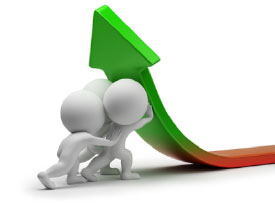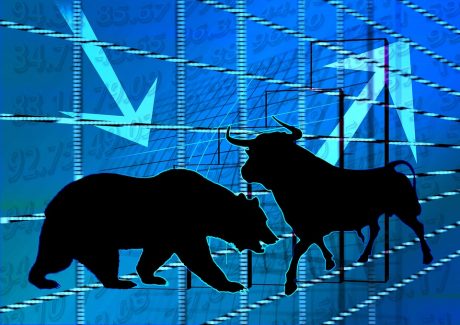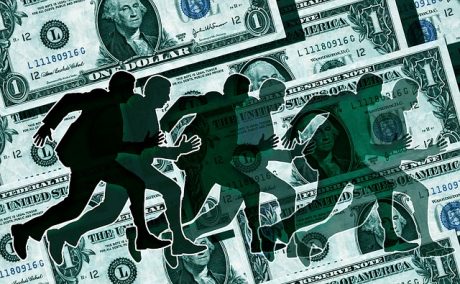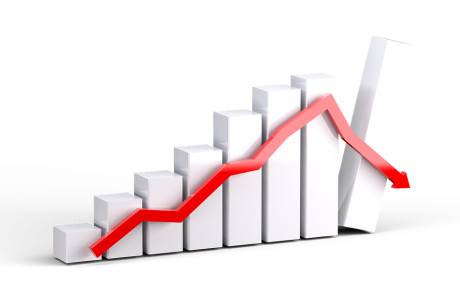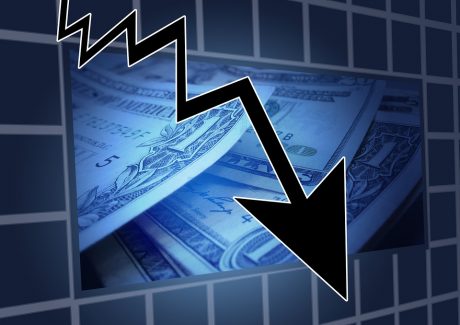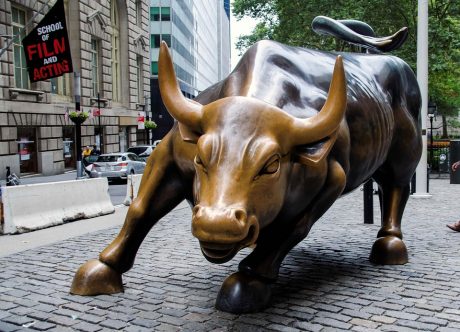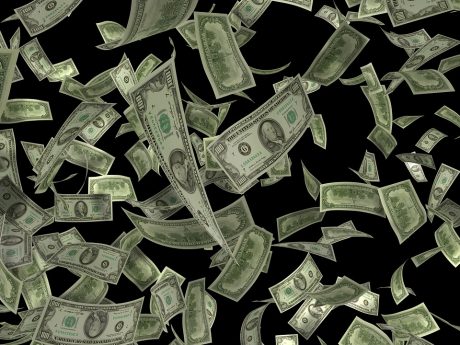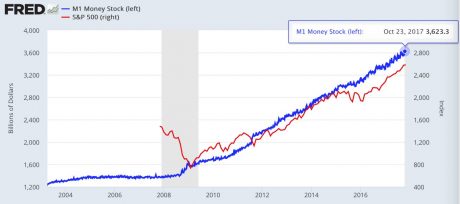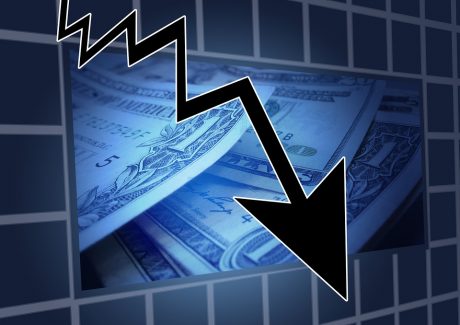 We haven’t had an October like this in a very long time. The Dow Jones Industrial Average was down another 327 points on Thursday, and overall the Dow is now down close to 1,500 points from the peak of the market. Unlike much of the rest of the world, it is still too early to say that the U.S. is facing a new “financial crisis”, but if stocks continue to plunge like this one won’t be too far away. And as you will see below, many believe that what we have seen so far is just the start of a huge wave of selling. Of course it would be extremely convenient for Democrats if stocks did crash, because it would give them a much better chance of doing well in the midterm elections. This is the most heated midterm election season that I can ever remember, and what U.S. voters choose to do at the polls in November is going to have very serious implications for the immediate future of our country.
We haven’t had an October like this in a very long time. The Dow Jones Industrial Average was down another 327 points on Thursday, and overall the Dow is now down close to 1,500 points from the peak of the market. Unlike much of the rest of the world, it is still too early to say that the U.S. is facing a new “financial crisis”, but if stocks continue to plunge like this one won’t be too far away. And as you will see below, many believe that what we have seen so far is just the start of a huge wave of selling. Of course it would be extremely convenient for Democrats if stocks did crash, because it would give them a much better chance of doing well in the midterm elections. This is the most heated midterm election season that I can ever remember, and what U.S. voters choose to do at the polls in November is going to have very serious implications for the immediate future of our country.
After a very brief rally earlier in the week, stocks have been getting hammered again. The S&P 500 has now fallen for 9 out of the last 11 trading sessions, and homebuilder stocks have now fallen for 19 of the last 22 trading sessions. It was a “sea of red” on Thursday, and some of the stocks that are widely considered to be “economic bellwethers” were among those that got hit the hardest…
Several stocks seen as economic bellwethers fell sharply in the U.S., including United Rentals and Textron, which dropped at least 11 percent each. Snap-on and Caterpillar, meanwhile, fell 9.6 percent and 3.9 percent, respectively.
…click on the above link to read the rest of the article…


